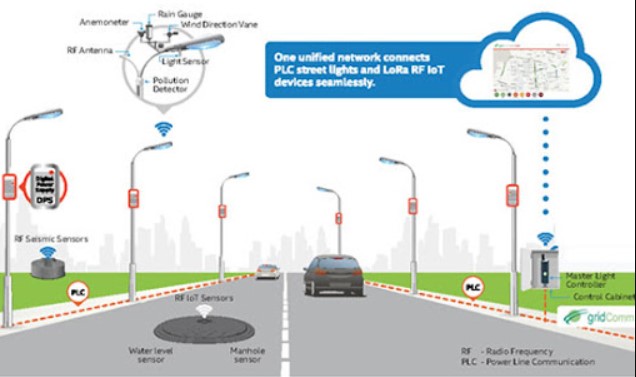In the hustle and bustle of our urban landscapes, one element often goes unnoticed but plays a crucial role in ensuring safety and security: street lights. Have you ever wondered how these luminous sentinels are controlled, casting their glow upon the thoroughfares we traverse daily? Let’s embark on a journey to explore the intricacies of Street Light Control and shed some light on this essential aspect of modern urban living.
Picture this: you’re strolling down a dimly lit street, and suddenly, the surroundings are bathed in a warm, welcoming glow. That’s the magic of street lights, but have you ever wondered how they’re controlled to provide illumination when needed? Let’s delve into the fascinating world of street light control.
Evolution of Street Lights
From the humble beginnings of gas lamps to the advent of electric street lights, the evolution of street lighting has been nothing short of remarkable. Today, modern LED lights dominate our urban landscapes, offering energy efficiency and longevity.
Manual Control Systems
In the early days, street lights were manually controlled by lamplighters who would ignite and extinguish them at specific times. While this method served its purpose, it was labor-intensive and prone to human error.
Automatic Control Systems
Enter the era of automatic control systems, where timers and photocells revolutionized street light management. These systems allowed lights to turn on and off based on predefined schedules or ambient light levels, enhancing efficiency and reliability.
Sensors and Technology
Recent advancements in sensor technology have further refined street light control. Motion sensors and intelligent algorithms enable lights to adjust their brightness based on real-time conditions, promoting energy savings without compromising safety.
Energy Efficiency
With sustainability taking center stage, energy efficiency has become a top priority in street light control. LED technology not only consumes less power but also boasts a longer lifespan, reducing maintenance costs and environmental impact.
Smart Cities Initiative
As cities strive to become smarter and more interconnected, street light control plays a pivotal role in this transformation. Integrated systems allow for remote monitoring and management, empowering authorities to optimize lighting strategies and respond swiftly to maintenance needs.
Maintenance and Upkeep
Ensuring the proper maintenance of street lights is essential for their optimal performance. Regular inspections, timely repairs, and proactive replacements contribute to safer and more reliable lighting infrastructure.
Community Involvement
Engaging the community in street light initiatives fosters a sense of ownership and responsibility. Public feedback and participation can influence decision-making processes, leading to tailored solutions that meet the needs of local residents.
Conclusion
In conclusion, street light control is a multifaceted endeavor that blends technology, sustainability, and community engagement. By embracing innovation and collaboration, we can illuminate our streets more efficiently and effectively, creating safer and more vibrant urban environments for all.


